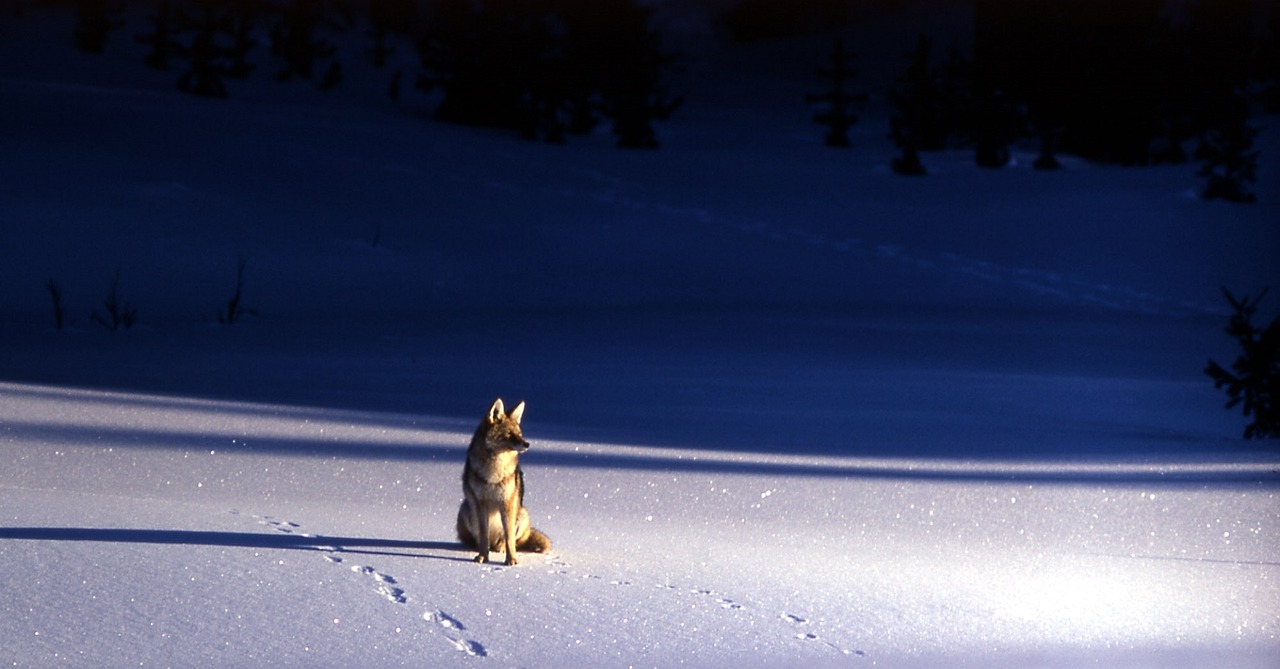Animal Tracks: The Second-Oldest Writing in the World
by Sonia Randall
If someone asked you what the oldest writing in the world was, what would you say? Ancient Egyptian hieroglyphs? Mesopotamian cylinder seals? The Dead Sea Scrolls? Cave paintings?
You’d be wrong on all counts.
The Second-Oldest Writing in the World
The oldest writing in the world is as old as life itself. (See Genes, The Oldest Writing in the World.) But the second oldest writing in the world is practically as old, and it’s still being written today! Every animal, bird, and living being leaves a message as he walks through mud, snow, or dust. That message is written in the universal script of tracks. And any observant person can learn to read the message.

Native Americans were expert trackers. Sometimes their very existence depended on learning to follow a trail, even a very old one. They knew that if they could follow it long enough, there had to be something at the other end.
Different Kinds of Tracks
A tracker first learns the characteristics of different kinds of tracks. For example, take the familiar tracks of your dog or cat. Both have a heel pad and four toe pads, the two middle toes slightly larger than the outside ones. How are they different other than in size?


“Correct” Steppers
For one thing, the cat has deep indentations in the heel pad, a good identifying characteristic.
Also there are no claw marks, as there are with dog tracks. The feline has the ability to retract its claws. Your cat doesn’t want to get them dulled from walking when she might need them for a quick run up a tree. Cats like to keep their claws very sharp.
Domestic cats and other felines are “correct steppers.” This means they can perfectly place each hind foot into the track made by the forefoot without even looking. God gave them this special ability because it is very important in hunting for food. A cat can watch where she places each front paw and be confident that her back paws won’t crackle a dry leaf or twig.

Marshland Walkers
On the other hand, it is very important that animals who live in marshlands, like moose, not be correct steppers.
Walking on spongy ground, they would not want to put their hind feet on a spot where their front feet have already destroyed the support. God gave them a different way to walk, which is reflected in their tracks.

Rodent Tracks
The tracks of rodents reveal a four-toed forepaw and a five-toed hind paw. When the front foot tracks are in pairs, it is probably a climbing animal like a squirrel or raccoon.
When tracks are nearly in a straight line, it usually means a swift animal with a narrow chest like a fox.

Broadly spaced tracks indicate a slower animal with a broader chest like a bear. Can you imagine what a snake track might look like?

A tracker must also consider location. If he sees a dog track far out in the middle of nowhere, it may very well be a wolf or coyote track.
Those tracks are so similar to dog tracks that even experts sometimes have trouble distinguishing them.
Experts can tell many things about the maker of a track besides its species. He can tell when the track was made, and whether the animal was large or small, young or old. He can even tell whether the animal was ambling peacefully about its daily business or running in fear. Perhaps that’s the most fascinating part of tracking—reconstructing what an animal did while it was moving. This is especially true for the nocturnal creatures we seldom see.

Tracks can be found in dust, mud, or snow. Mud preserves tracks best, but tracks are easier to follow in the snow. Try going out sometime the second day after a snowstorm. On the first day most animals will still be holed up to stay warm. But on the second day, they will get hungry and venture out. When they do that, they’ll be recording their individual messages in the second-oldest writing in the world given to them by their Creator. Take a look and see what you can read in their tracks.
© Sonia Randall

